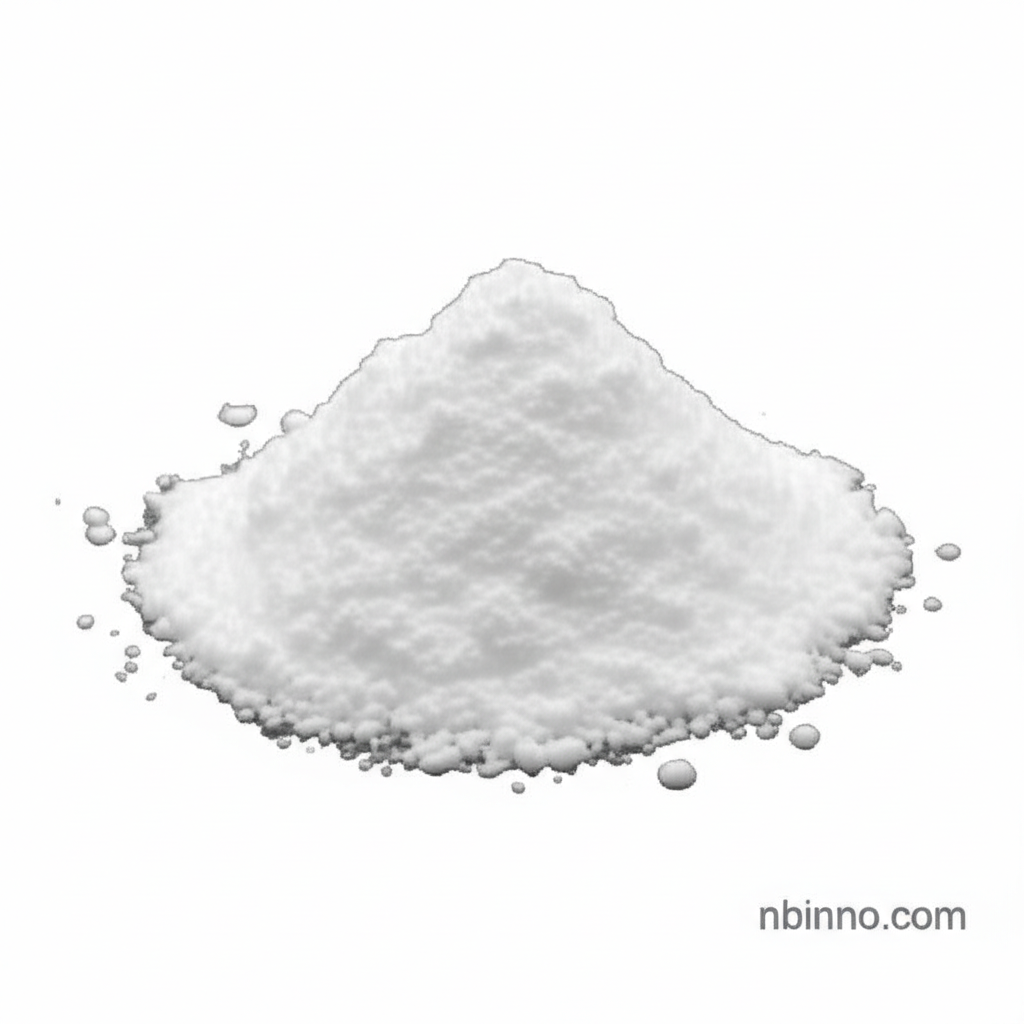1-(4-Hydroxypiperidin-1-yl)ethanone: A Versatile Intermediate in Pharmaceutical Synthesis and Chemical Research
Discover the key applications and research significance of this vital chemical compound.
Get a Quote & SampleProduct Core Value

1-(4-Hydroxypiperidin-1-yl)ethanone
This compound serves as a crucial building block in organic synthesis, offering a unique combination of functional groups for developing novel pharmaceutical agents and specialty chemicals. Its piperidine scaffold and reactive hydroxyl and ketone moieties make it a cornerstone for various chemical transformations.
- Explore the diverse applications of 1-(4-hydroxypiperidin-1-yl)ethanone in complex organic synthesis, enabling the creation of sophisticated molecular structures for advanced research.
- Investigate the potential antibacterial properties of hydroxypiperidine derivatives, offering insights into new antimicrobial agent development.
- Understand the role of CAS 4045-22-1 as a key pharmaceutical intermediate, vital for the synthesis of various therapeutic compounds.
- Learn about the efficient synthesis methods and optimization insights for this chemical intermediate, crucial for both laboratory and industrial applications.
Advantages Offered
Chemical Versatility
Leverage the reactivity of its functional groups for a wide array of chemical reactions, crucial for exploring new synthesis pathways.
Pharmaceutical Potential
Its structure makes it an ideal candidate for developing new pharmaceutical intermediates, contributing to drug discovery efforts.
Research Applications
Serves as a valuable tool in chemical research, aiding in the study of reaction mechanisms and the creation of novel compounds.
Key Applications
Organic Synthesis
As a versatile building block, it is fundamental in creating complex organic molecules used in various research and development sectors.
Pharmaceutical Intermediates
Key to the development of new drugs, this compound facilitates the synthesis of active pharmaceutical ingredients (APIs).
Chemical Research
Its unique properties make it a subject of interest for academic and industrial research, exploring new reaction pathways and applications.
Potential Antibacterial Agents
Derivatives show promise in combating bacterial infections, highlighting its role in the development of new antimicrobial therapies.
